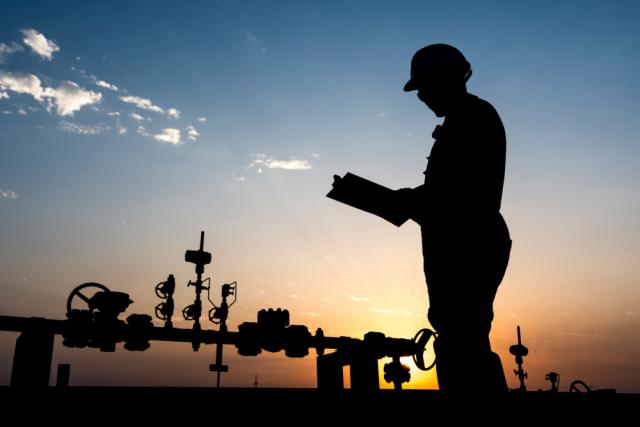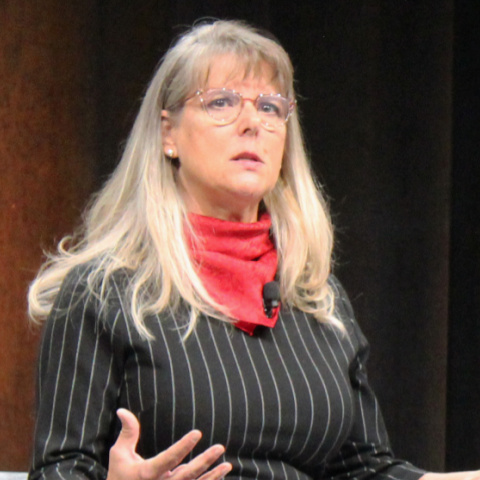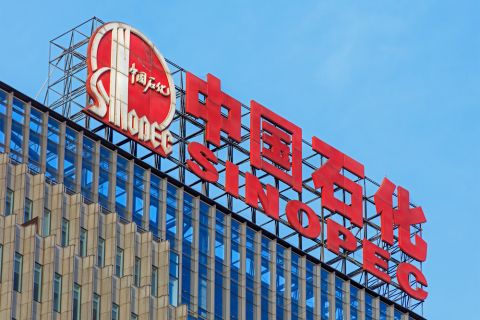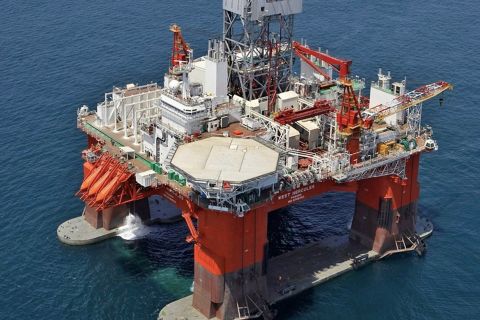
But before end users, investors and regulators can understand the ESG status of the gas, the producer has to understand it, according to Jennifer Stewart, Equitable Origin’s principal adviser who outlined the EO100 certification standard for attendees of Hart Energy’s DUG Permian Basin and Eagle Ford conference and exhibition on May 17. (Source: Shutterstock.com)
FORT WORTH, Texas—End users and investors with high ESG standards are seeking out and supporting responsibly sourced gas.
Such gas supplies can be certified as responsibly sourced by various groups that consider a number of factors. Jennifer Stewart, EO100 principal adviser at Equitable Origin, outlined the EO100 certification standard for attendees of Hart Energy’s DUG Permian Basin and Eagle Ford conference and exhibition last month.
“This is a market demand, a market phenomenon,” she said. “End users are no longer satisfied with knowing the ESG at wellhead. They want to understand it from wellhead to burn tip, if you will.”
And that desire is influencing how companies do business.
Stewart cited Bloom Energy’s April announcement that it had agreed to purchase certified, responsibly sourced natural gas from EQT for the next two years.
“The producer is benefiting, the energy provider is benefitting, the end user is benefitting from the use of certified gas,” she said.
And regulators are starting to pay attention too, she said. While the market moves faster than regulatory bodies, they are “starting to pick up on this notion of certified gas.”
But before end users, investors and regulators can understand the ESG status of the gas, the producer has to understand it. Equitable Origin’s EO100 is intended to help companies gain that understanding through a self assessment that sets an initial benchmark, and then begin to improve on performance, she said.
“End users are no longer satisfied with knowing the ESG at wellhead. They want to understand it from wellhead to burn tip, if you will.”—Jennifer Stewart, EO100 principal adviser, Equitable Origin
EO100 certification requires meeting more than 500 performance targets, of which more than 180 are geared to climate change, biodiversity and the environment, while 80 focus on occupational health and safety. A passing grade is a C, or achieving 70% of performance targets, which leaves room to improve and achieve an A, she said.
“Producers who are coming in to get certified are probably already a class act and doing a good job,” she said. “Some are really moving the needle and being an industry leader.”
But, she said, the producer must audit everything, including legacy assets, and not just cherry-pick only new, state-of-the-art assets.
“We do not support partial certification. it’s all or nothing,” she said. “Every single asset in that unit is subject to certification.”
EO100 is technology neutral, she added.
“We do not require the use of any particular technology to get certified,” she said, although certain technologies can help increase a performance score.
The beginning of the process is a self assessment of the 500 performance targets.
“There’s no black box, there’s no proprietary information here,” she said. “You score yourself on that, you give yourself a grade” and accumulate data to support the assertions the company is making about its performance.
A self assessment may indicate the company needs to step back and do more work to reach 70% of performance targets, or is ready to proceed with certification.
“The self assessment is a great benchmarking tool,” Stewart said. “It allows you to see where you need to improve against the best of the best.”
After the self assessment is complete, an independent body—like Aecom, Impact Resolutions, Geosyntec Consultants, Greenpath, Responsible Energy, Acorn International or Environmental Standards—double checks the results, she said.
“Independence is key to the credibility of the market going forward,” she said.
The certification is good for three years for the production unit, she said, and continuous improvement is incentivized.
Equitable Origin is a not-for-profit and has no financial interest in companies certifying their gas, she said.
“We just have an interest in encouraging responsible energy development,” Stewart said.
Recommended Reading
Sinopec Brings West Sichuan Gas Field Onstream
2024-03-14 - The 100 Bcm sour gas onshore field, West Sichuan Gas Field, is expected to produce 2 Bcm per year.
E&P Highlights: March 11, 2024
2024-03-11 - Here’s a roundup of the latest E&P headlines, including a new bid round offshore Bangladesh and new contract awards.
Trio Petroleum to Increase Monterey County Oil Production
2024-04-15 - Trio Petroleum’s HH-1 well in McCool Ranch and the HV-3A well in the Presidents Field collectively produce about 75 bbl/d.
Second Light Oil Discovery in Mopane-1X Well
2024-01-26 - Galp Energia's Avo-2 target in the Mopane-1X well offshore Namibia delivers second significant column of light oil.





